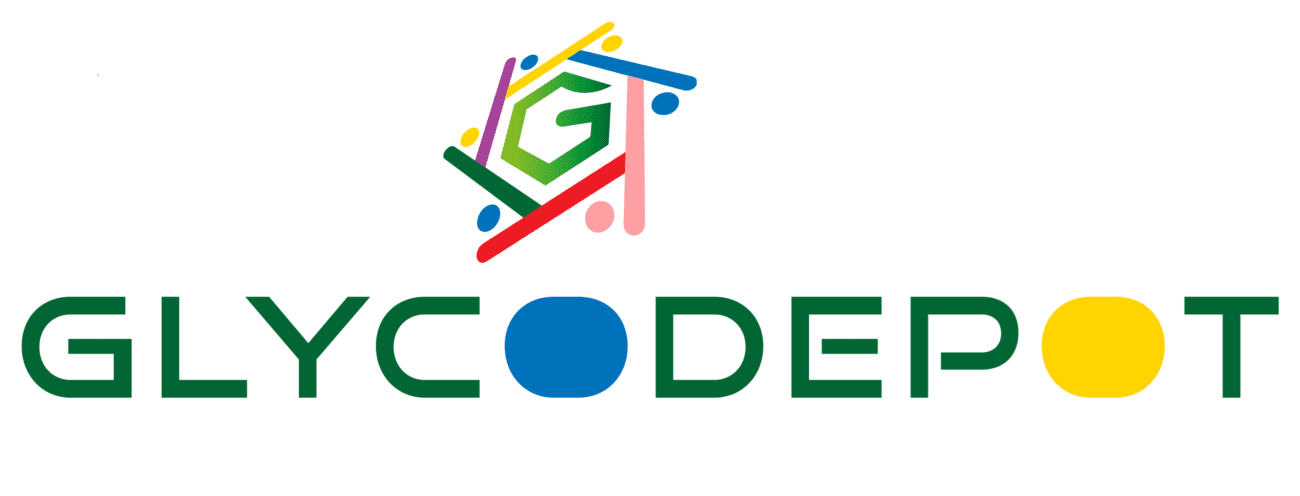L-ErythroseL-Erythrose is a monosaccharide that contains an hydroxyl group on the second carbon atom. It can be synthesized by a synthetic scheme involving glycolaldehyde and hydroxylamine. L-Erythrose has been shown to inhibit the enzyme phosphoglycerate kinase, which converts 2-phosphoglycerate into phosphoenolpyruvate. L-Erythrose has also been shown to inhibit dehydroascorbic acid reductase, which converts dehydroascorbic acid into ascorbic acid, and galactitol reductase, which converts galactitol into D-tagatose. The mutant strain of Escherichia coli K12 that was engineered to produce L-erythrose showed a decreased susceptibility to phage infection and an increased resistance to oxidative stress. In addition, the polyol pathway in E. coli was induced by L-erythrose treatment.
L-(+)-Erythrose is an aldotetrose carbohydrate that has been used in glycation studies and to characterize erythrose reductase activity.L(+)-Erythrose, an aldotetrose rare sugar, may be used in glycation studies and as a reference compound in tetrose carbohydrate separation and quantitation analysis. It may be used to help identify and characterize erythrose reductase(s) and to study the mechanisms of mutarotation in monosugars. L-Erythrose may be used as a reference compound in sugar metabolism analysis.A rare aldotetrose, L-erythrose, was produced from erythritol via a two-step reaction. In the first step, complete oxidation of erythritol to L-erythrulose was achieved by using Gluconobacter frateurii IFO 3254.Title:?L-Erythrose
CAS Registry Number:?533-49-3CAS Name:?(2S,3S)-2,3,4-TrihydroxybutanalMolecular Formula:?C4H8O4Molecular Weight:?120.10Percent Composition:?C 40.00%, H 6.71%, O 53.29%Literature References:?From calcium?L-arabonate by oxidation with H2O2: Ruff, Meusser,?Ber.?34,?1365 (1901). From?L-arabinose oxime: Wohl,?Ber.?32,?3667 (1899). From?L-arabonamide by treatment with alkaline NaOCl: Weerman,?Rec. Trav. Chim.?37,?35 (1918).Properties:?Syrup. Sweet taste. Shows mutarotation. [a]D24?+11.5? (8 min)???+15.2? (120 min)???+30.5? (final, c = 3): Felton, Freudenberg,?J. Am. Chem. Soc.?57,?1640 (1935). Soluble in water. Heating with HCl yields lactic acid. Oxidation with Br converts it to?L-erythronic acid. Reduces Fehling’s soln slowly in the cold. Not fermented by yeast.Optical Rotation:?[a]D24?+11.5? (8 min)???+15.2? (120 min)???+30.5? (final, c = 3): Felton, Freudenberg,?J. Am. Chem. Soc.?57,?1640 (1935)?Derivative Type:?PhenylosazoneMolecular Formula:?C16H18N4O2Molecular Weight:?298.34Percent Composition:?C 64.41%, H 6.08%, N 18.78%, O 10.73%Properties:?mp 164?.Melting point:?mp 164?CAS Number533-49-3Product NameL-ErythroseIUPAC Name(2S,3S)-2,3,4-trihydroxybutanalMolecular FormulaC4H8O4Molecular Weight120.1 g/molInChIInChI=1S/C4H8O4/c5-1-3(7)4(8)2-6/h1,3-4,6-8H,2H2/t3-,4+/m1/s1InChI KeyYTBSYETUWUMLBZ-DMTCNVIQSA-NSMILESC(C(C(C=O)O)O)OSolubilitySoluble in DMSOSynonymsL-Erythrose; L-(+)-Erythrose;Canonical SMILESC(C(C(C=O)O)O)OIsomeric SMILESC([C@@H]([C@@H](C=O)O)O)O
CAS No: 533-49-3 MDL No: MFCD00064377 Chemical Formula: C4H8O4 Molecular Weight: 120.1COA:
Name?L-Erythrose?CAS:?533-49-3?F.M.: C4H8O4?M.W.:?120.1? ?Batch No: 20140609? ?Quantity:9.5gItemsStandardsResultsAppearanceClear and slightly yellow syrupCompliesSolubilityInsoluble in ether, easily soluble in waterCompliesNMR and MSShould complyComplies13C-NMRApprox 93% of the total signals are fromErythroseCompliesAssayAbout 40%CompliesReference:
1. Rahman M, Takeshita K, Moshino H, Takada G, Izumori K, J. Biosci. Bioeng. 2001, 92, 237-241
